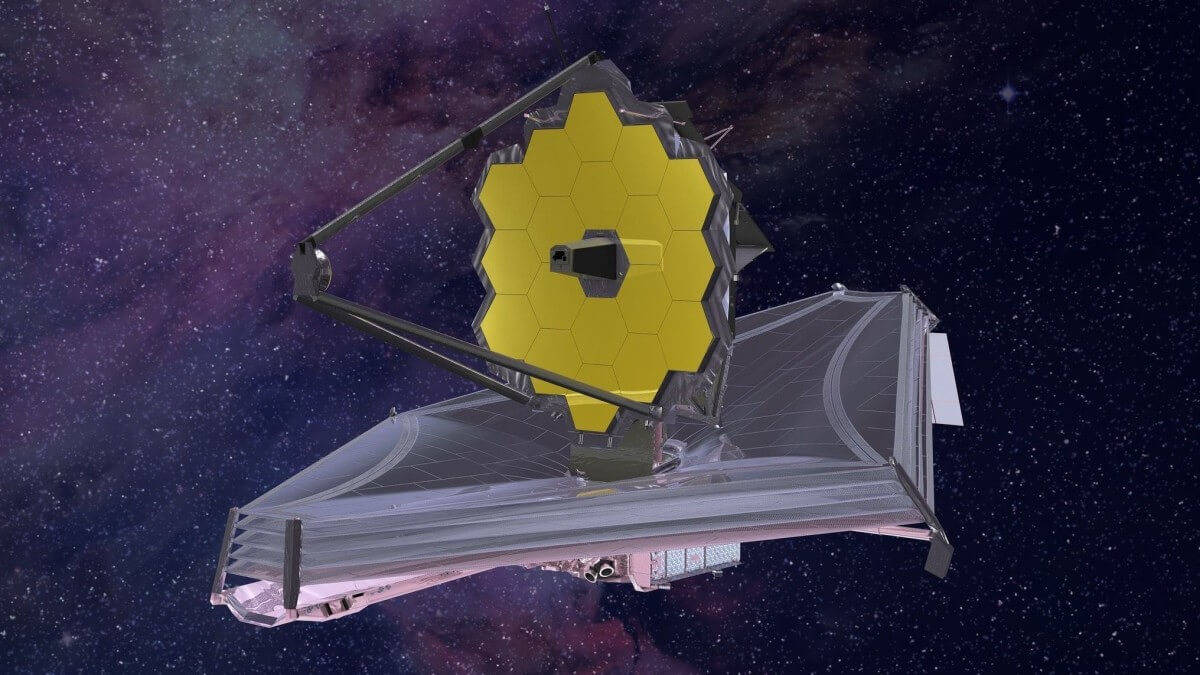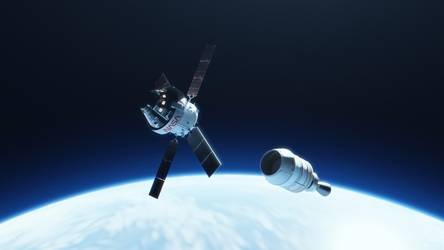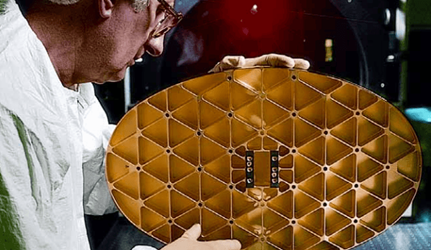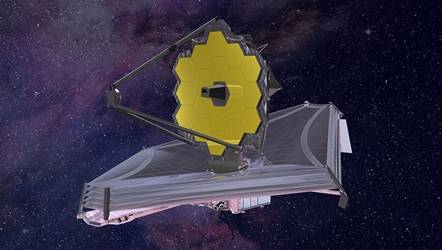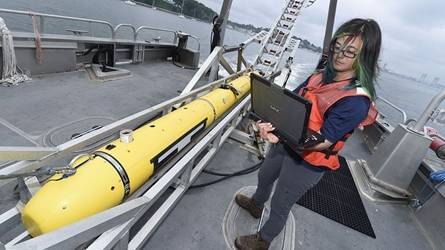General Dynamics provided mirror systems, optical elements, beryllium panels, ground systems engineering support and launch day Observatory services for the James Webb Space Telescope. (Image Credit: NASA)
The largest and most powerful space science telescope ever constructed, the James Webb Space Telescope (JWST) will revolutionize what we know about the history of our solar system and universe. As part of the mission, launched from French Guiana in December, the JWST will study every phase of cosmic history – from within our solar system to the most distant observable galaxies in the early universe. The infrared telescope will explore a wide range of science questions to help us understand the origins of the universe.
The JWST will directly observe a part of space and time never seen before. It will look in the time when the very first stars and galaxies formed, over 13.5 billion years ago. Ultraviolet and visible light emitted by the very first luminous objects has been stretched by the universe’s continual expansion and arrives today as infrared light. The JWST is designed to “see” this infrared light with unprecedented resolution and sensitivity.
Mission Contributions from General Dynamics’ Alabama and Maryland Teams
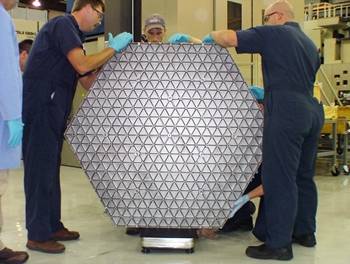
The team was then awarded the contract for the Advanced Mirrors System Demonstrator, a 1.2 meter hexagon. In total, the Cullman team contributed 21 primary mirror segments weighing less than 46 pounds (18 mirrors and three spares), two secondary mirrors, 21 delta frames and 10 various aft optical components.
Beryllium panels were also manufactured for the Near Infrared Camera (NIRCam), JWST’s primary imager that will cover an infrared wavelength range of 0.6 to 5 microns. The NIRCam will detect light from the earliest stars and galaxies in the process of formation, the population of stars in nearby galaxies, as well as young stars in the Milky Way and Kuiper Belt objects.
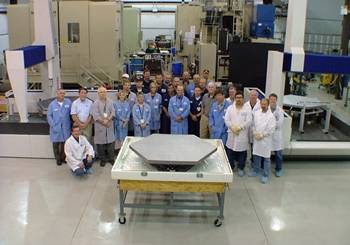
On launch day, General Dynamics provided support to Observatory operations such as mission operations management, commissioning activity timeline management, and ground software updates and maintenance. Post-launch, the team will continue to provide support for six months.
More on the James Webb Space Telescope Mission
In addition to exploring the earliest moments of our universe, the JWST will be a powerful tool for studying the nearby universe. Scientists will use Webb to study planets and other bodies in our solar system to determine their origin and evolution and compare them with exoplanets, planets that orbit other stars. Webb will also observe exoplanets located in their stars’ habitable zones, the regions where a planet could harbor liquid water on its surface and can determine if and where signatures of habitability may be present. Using a technique called transmission spectroscopy, the observatory will examine starlight filtered through planetary atmospheres to learn about their chemical compositions.
Webb’s enormous size and frigid operating temperature present extraordinary engineering challenges. The observatory travelled to the second Lagrange Point (L2), an orbit about 1 million miles away from Earth, and is undergoing six months of commissioning in space – unfolding its mirrors, sunshield and other smaller systems, cooling down, aligning and calibrating. Astronomers worldwide will then be able to conduct scientific observations to broaden our understanding of the universe. Webb will also complement the science achieved by other NASA missions.

